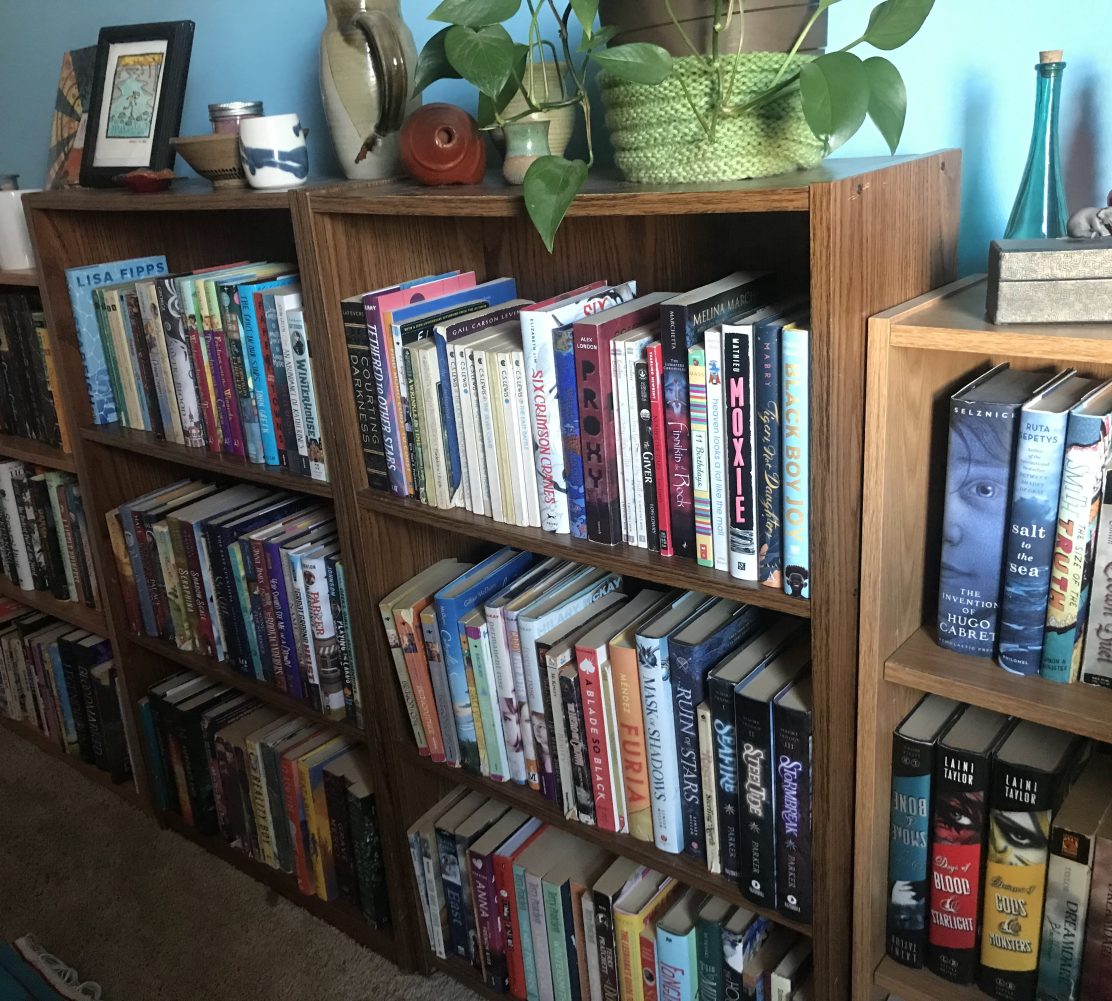Finding Langston
by Lesa Cline-Ransome
First sentence: “Never really thought much about Alabama’s red dirt roads, but now, all I an think about is kicking up their dust.”
Support your local independent bookstore: buy it there!
Content: It’s short, with short chapters and about an 11-year-old. There is some bulling. It’s in the middle grade (grades 3-5) section of the bookstore.
Set in 1946, the book follows 11-year-old Langston, who has recently moved to Chicago with his father from Alabama. It’s a bit about a southern Black family trying to make a life in a big city. It’s not easy: they live in a one room apartment, Langston is bullied because of his accent, and they don’t have the comforts of family being nearby. The one thing Langston finds that is welcoming is the branch of the Chicago Public Library . he finds Black authors and learns about Langston Hughes. It makes grieving for his dad mother and the dealing with the bullies at school easier.
It’s a sweet family story, one with sympathetic characters (I even liked the dad), and a good look into issues surrounding the Great Migration. It went quick because it was short, but it had some complex character development and dealt with touch issues like classism and Northerners looking down on their Southern neighbors. I’m glad I read it.
Harlem Summer
by Walter Den Myers
First sentence:”I like Harlem in the summer except when it gets too hat, which it had been for the last week and we hadn’t even reached July yet.”
Support your local independent bookstore: buy it there!
Content: There is some violence and talk of people drinking but it’s short. It’s in the Teen section of the library, but I’d probably up t it in the YA section (grades 6-8) of the bookstore.
Set in Harlem in the 1920s, it follows the summer of a 16-year-old named Mark. He gets a summer job at the Crisis, a magazine run by WEB DuBois celebrating the “New Negro”. All Mark wants to do, though, is play his saxophone and impress Fats Waller (who was a real person!) with his jazz. Unfortunately, that gets him into a whole mess of trouble involving stolen whiskey, gangsters, and Langston Hughes.
I didn’t like this one as much, partially because I felt like it was a who’s-who of 1920s Harlem, which is fine and all, but doesn’t led itself to a really great plot. But I also kept thinking of Kendi’s description of assimilationists, and how they wanted Black people to “prove” themselves to white people. That was a huge part of the book, the talk of “New Negros” and how the 10% was going to save the rest of the race. And that’s just, well, racist. Myers may have been poking fun at them; in the end Mark decides that the Crisis and the people there aren’t nearly as much fun or interesting as the people involved in jazz music. Even so, it bothered me. I didn’t hate the book, but I did struggle to finish it, and it just wasn’t what I had hoped it would be.



Finding Langston sounds really good and I am surprised that a Walter Dean Myers book didn’t quite work. Thank you for the reviews.
LikeLike